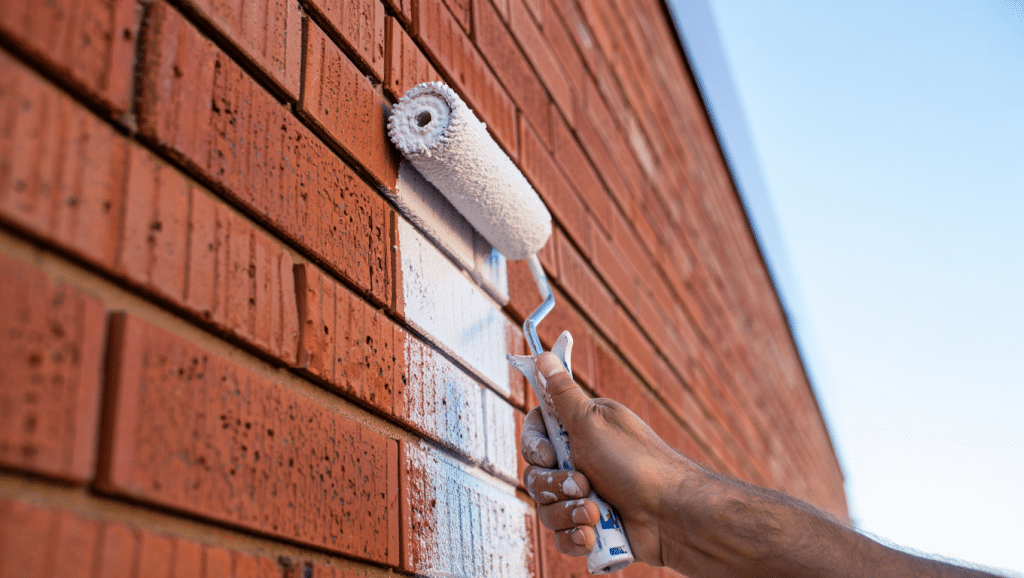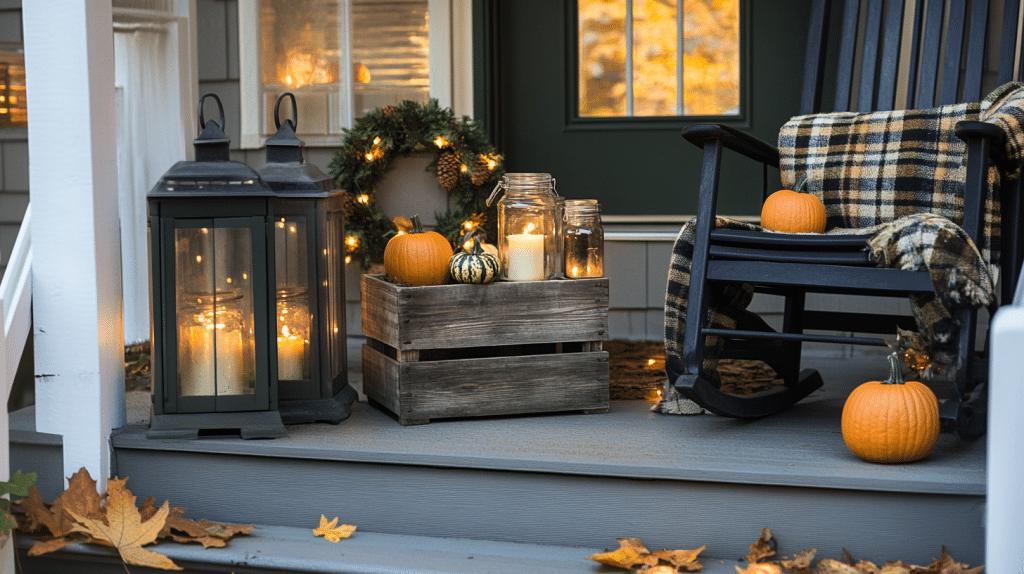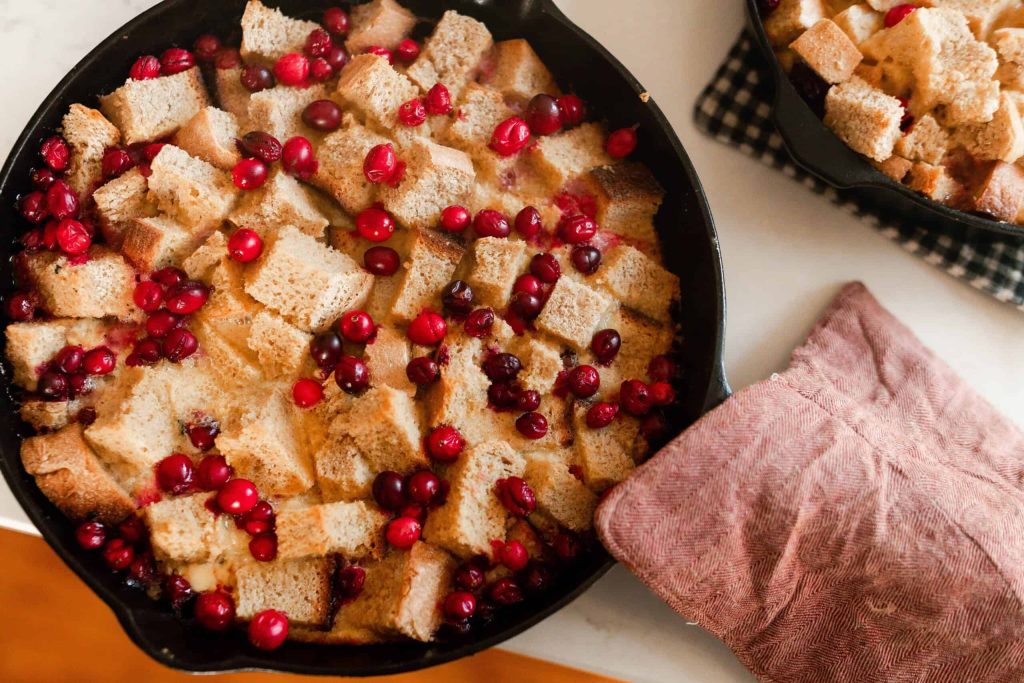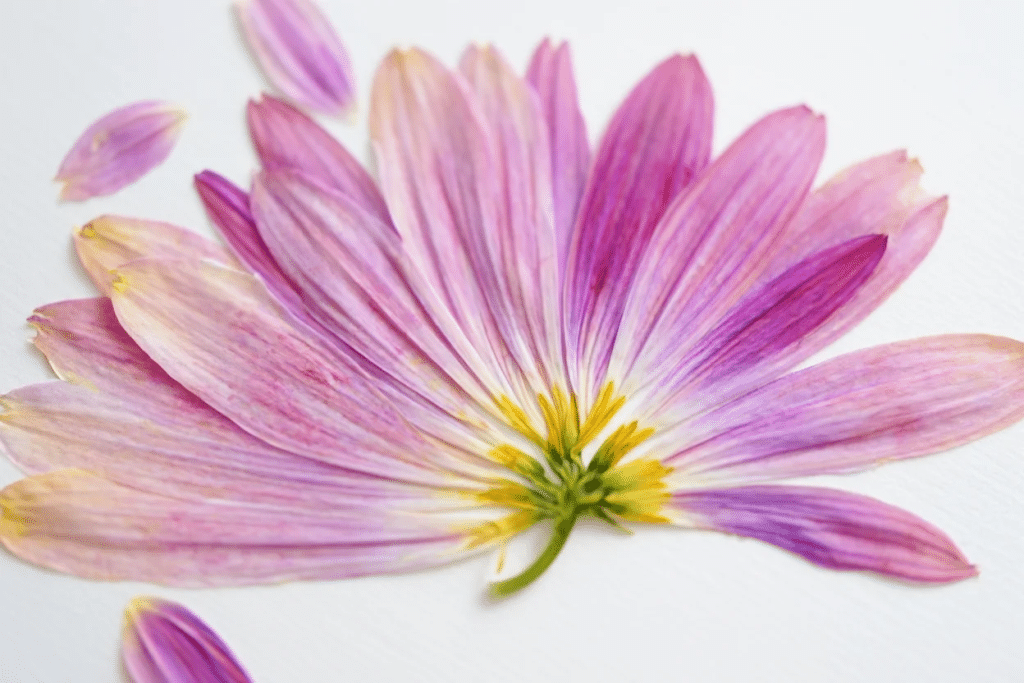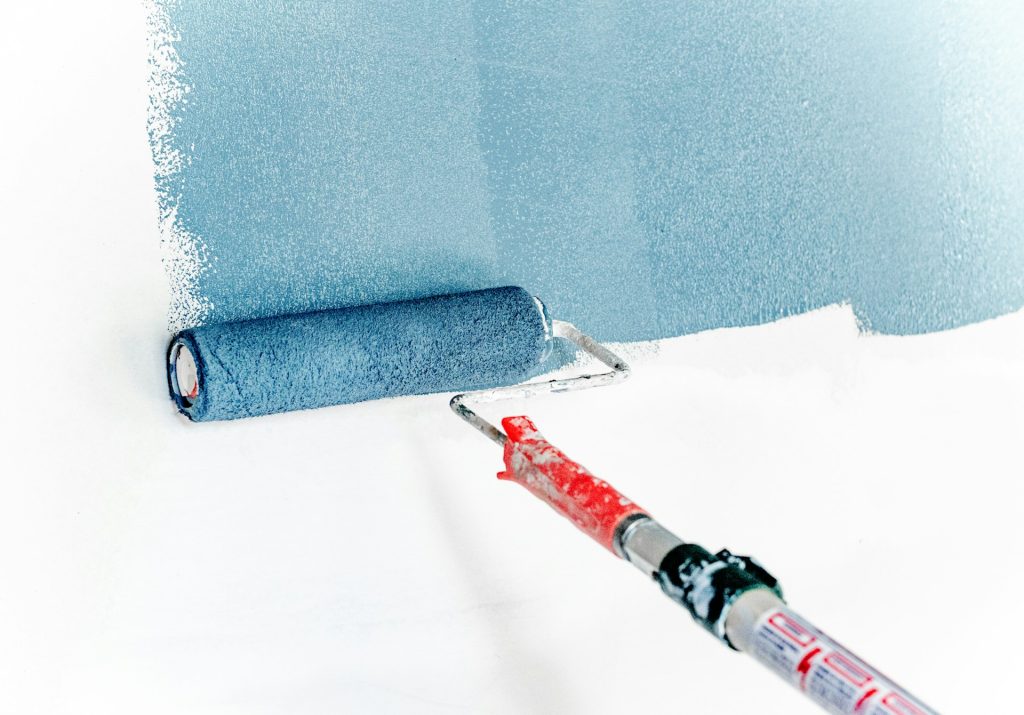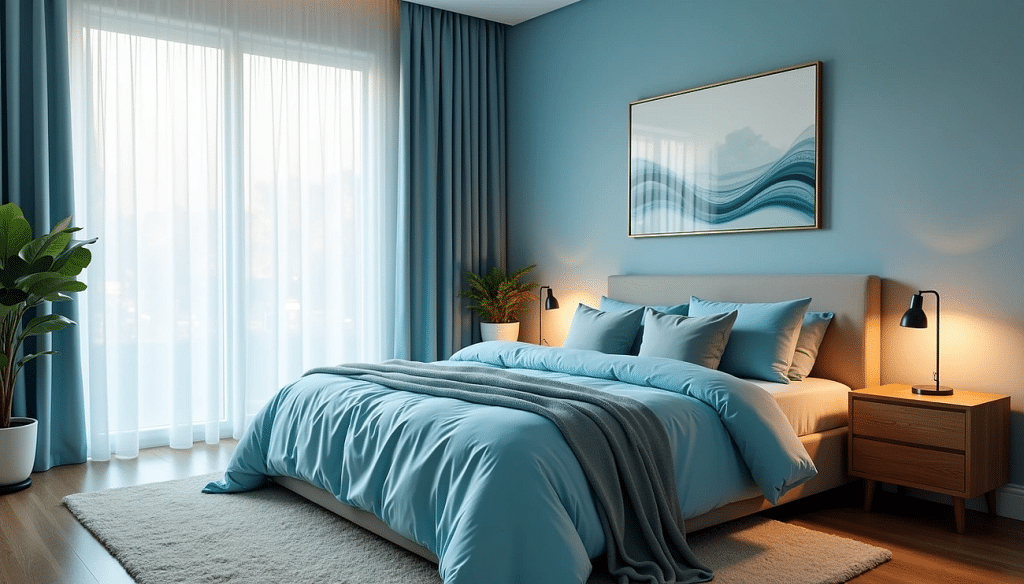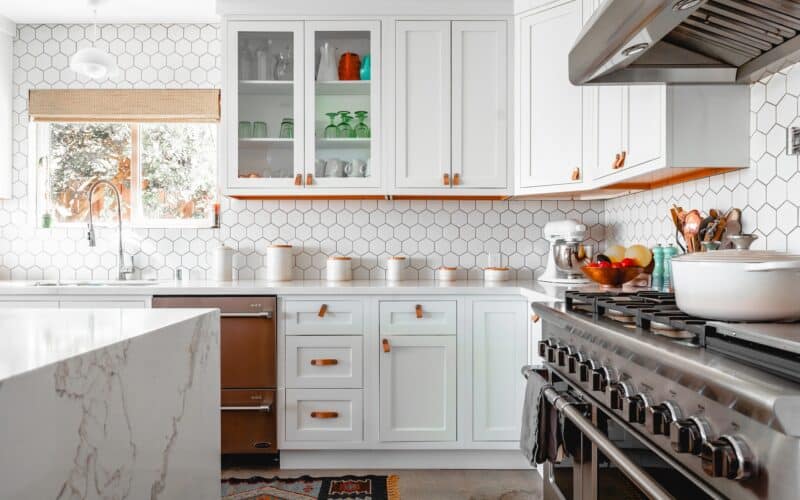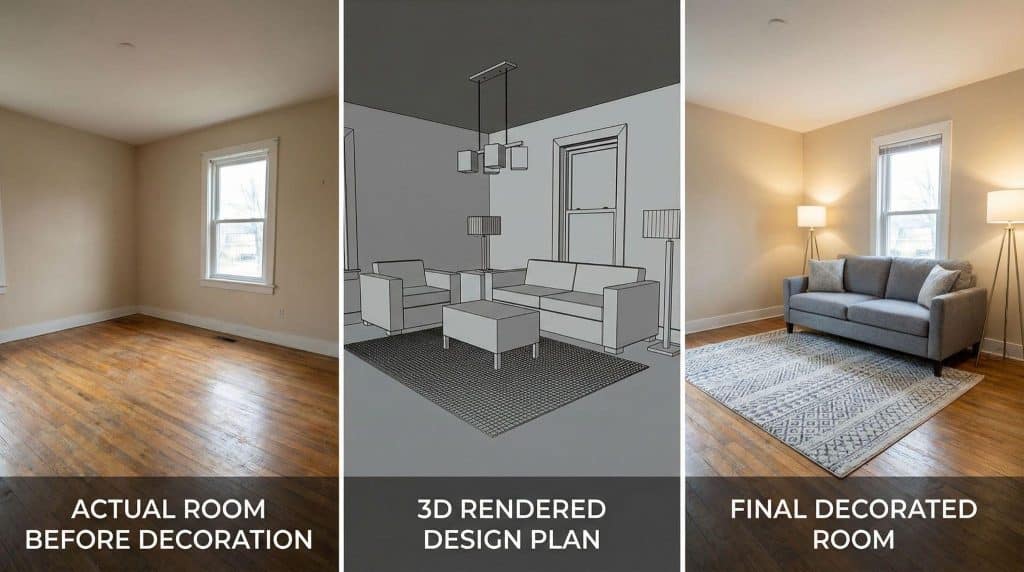Most homeowners stare at their brick house and think that painting it requires hiring expensive professionals.
Painting brick house doesn’t have to be complicated or costly when you know the right steps.
With the proper technique and a bit of patience, anyone can change their brick exterior and achieve that polished, professional look that adds serious curb appeal and value to their home.
These straightforward steps will guide you through the entire process, from prep work to final touches, so you can tackle this project with confidence and get results that’ll make your neighbors think you hired a pro.
Key Considerations Before You Start Painting Brick
Before anyone picks up a brush, there are crucial details that can make or break this project.
Brick painting isn’t like painting drywall or wood siding. The surface has unique characteristics that demand special attention. Many people rush into this task without proper preparation and end up with peeling paint or uneven coverage.
Understanding these basics will save time, money, and frustration. The right knowledge helps avoid common mistakes that lead to disappointing results. Smart preparation means better outcomes and a finish that lasts for years.
Key Elements to Remember:
- Surface condition matters – Check for cracks, loose mortar, or damaged bricks before starting
- Weather timing is critical – Avoid painting in extreme heat, cold, or humidity
- Primer is non-negotiable – Brick needs special primer to help paint stick properly
- Paint type makes a difference – Use high-quality exterior paint designed for masonry
- Cleanup takes effort – Brick texture holds dirt and debris that must be removed first
- Permanent decision – Painted brick is very difficult to return to its original state
Tools and Materials Required For Painting Brick Surfaces
| Tool/Material | Purpose |
|---|---|
| Airless Paint Sprayer | To apply the paint quickly and evenly |
| Thick Nap Roller | For back-rolling the paint into the brick surface |
| Acrylic Paint | Recommended for brick surfaces for durability |
| Bleach and Water Solution | For cleaning the brick and removing mildew |
| Drop Cloths or Plastic Sheeting | To protect the surrounding area from paint splatters |
| Painter’s Tape | For masking off areas you don’t want to paint |
| Ladder or Scaffolding | To reach higher areas of the brick wall |
Step-by-Step Instructions for Painting Brick House Like a Pro
Now comes the practical part. These seven steps break down the entire process into manageable tasks.
I follow this sequence to ensure professional-quality results. Each step builds on the previous one, creating a solid foundation for long-lasting paint coverage.
1. Clean the Surface Thoroughly
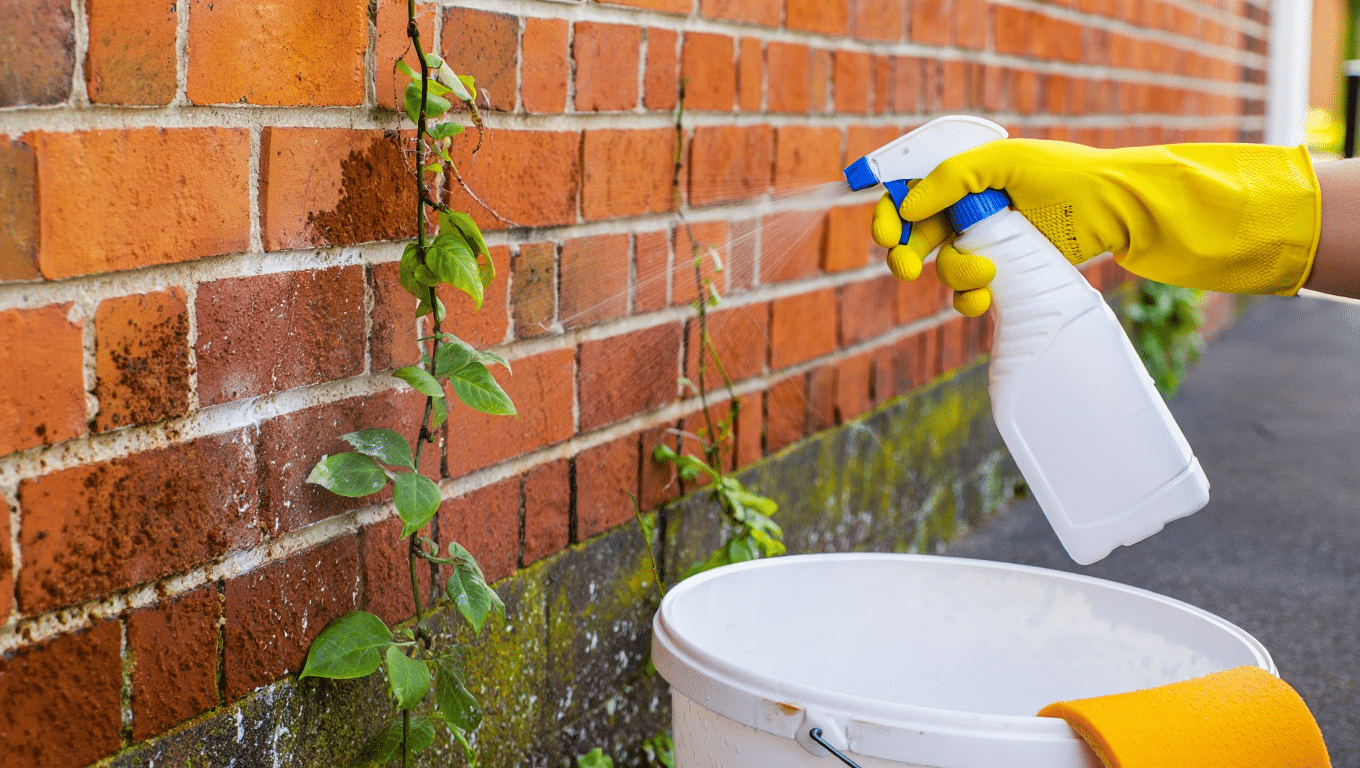
Use a bleach and water solution to remove mildew, dirt, and organic growth like vines from the brick surface.
Ensure the brick is completely dry before proceeding to ensure proper paint adhesion.
2. Prepare the Right Equipment
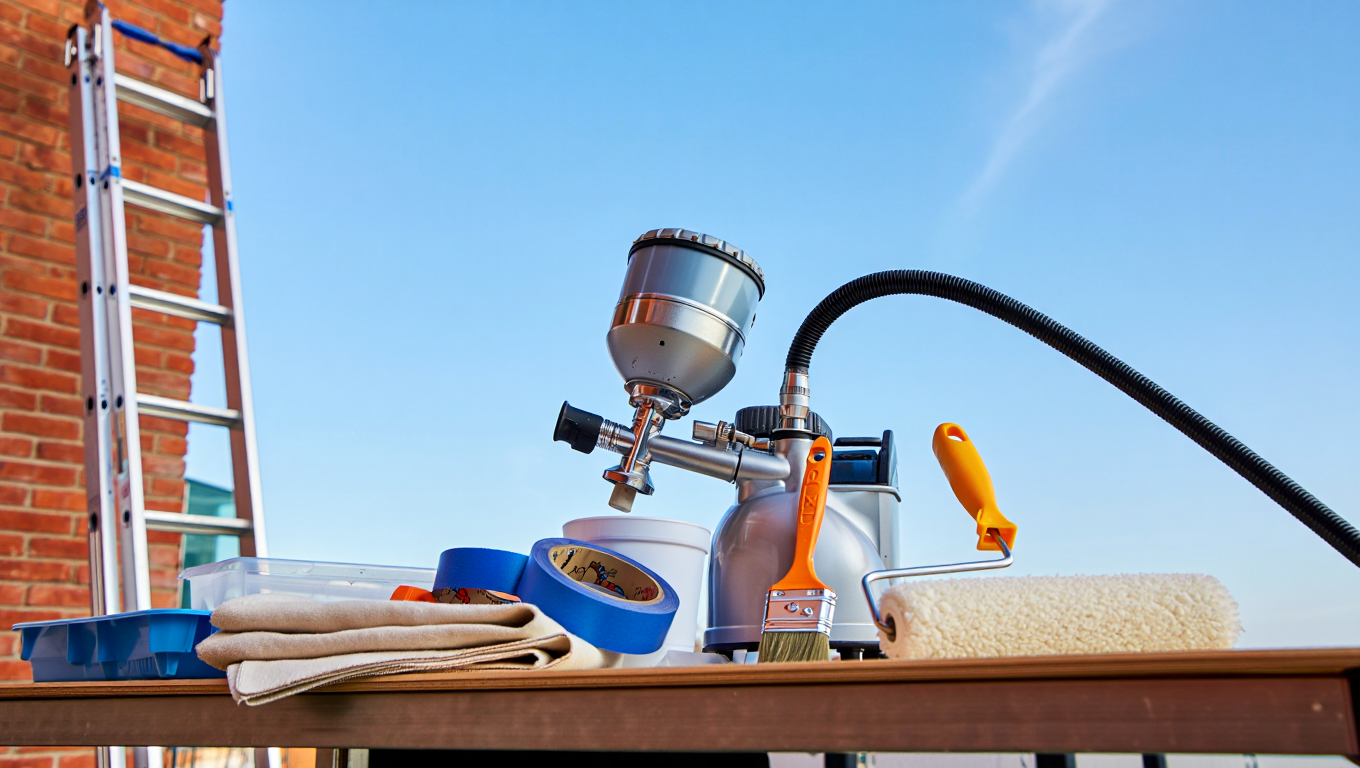
Rent an airless paint sprayer for efficient and even paint application.
Gather a thick-nap roller for back-rolling to work the paint into the brick’s surface, along with other necessary tools like drop cloths, painter’s tape, and a ladder or scaffolding.
3. Start Spraying the Paint

Apply acrylic paint using the airless sprayer, ensuring enough paint is applied to cover the brick thoroughly, including mortar joints, to ease the back-rolling process.
4. Back-Roll the Paint
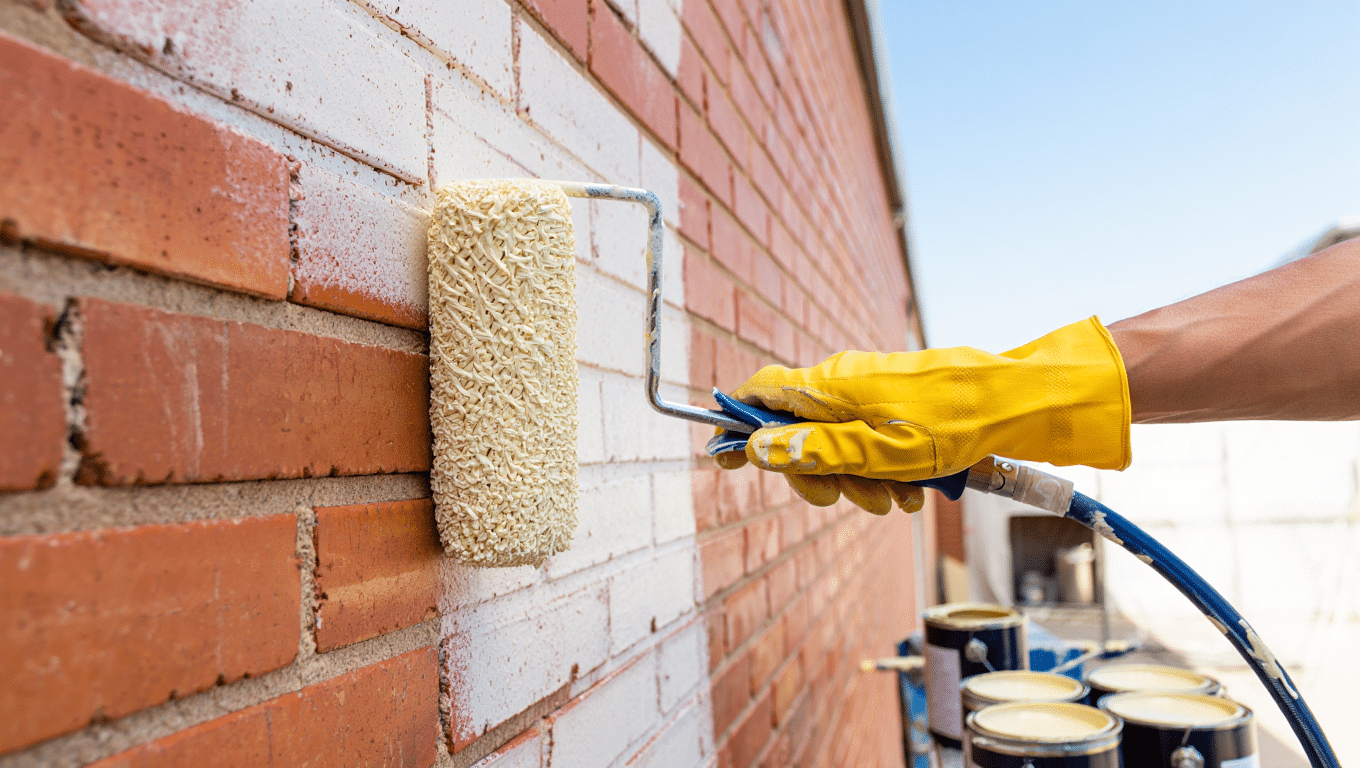
Immediately after spraying, use the thick-nap roller to back-roll over the freshly sprayed surface. This helps push the paint into the brick’s porous texture for a smooth, even finish.
5. Apply a Second Coat
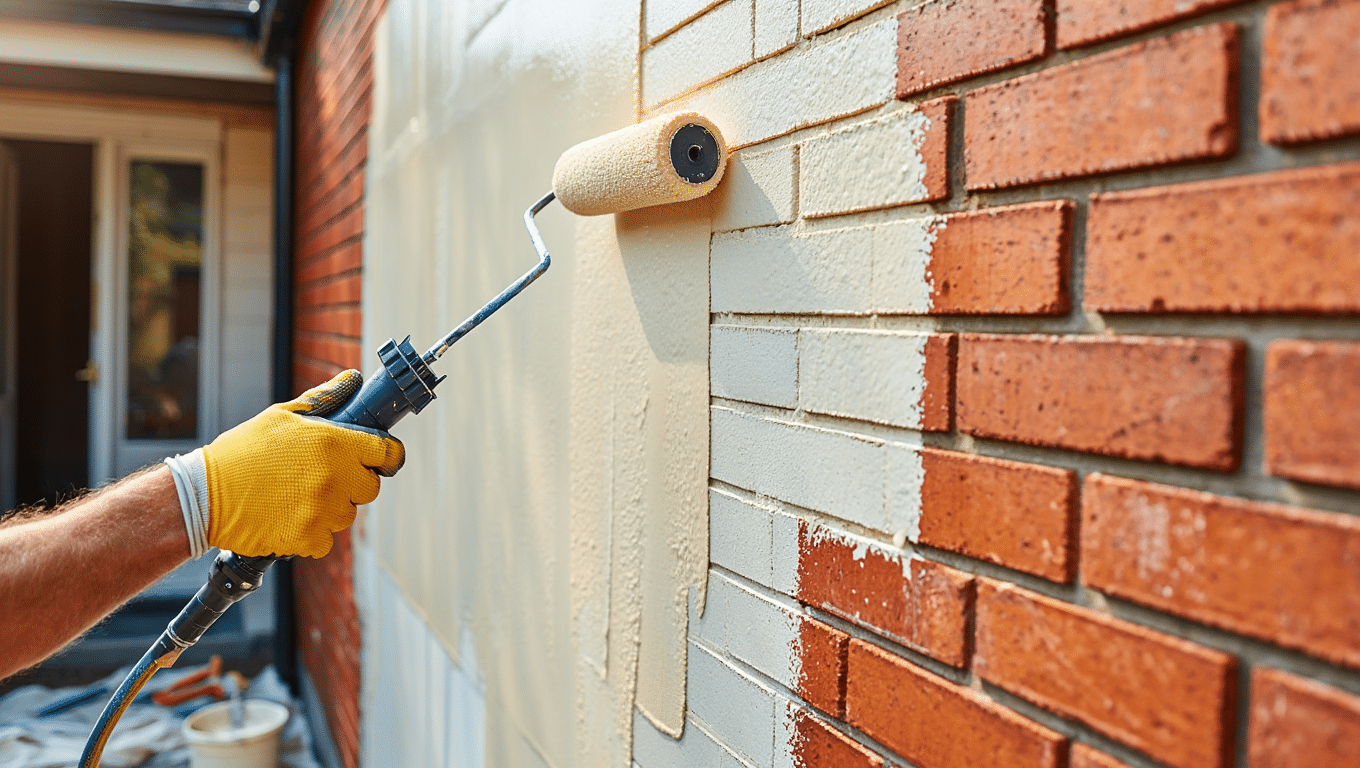
Once the first coat has dried (as per the paint manufacturer’s instructions), apply a second coat using the sprayer and roller to ensure full coverage and enhance durability.
6. Inspect for Any Missed Spots
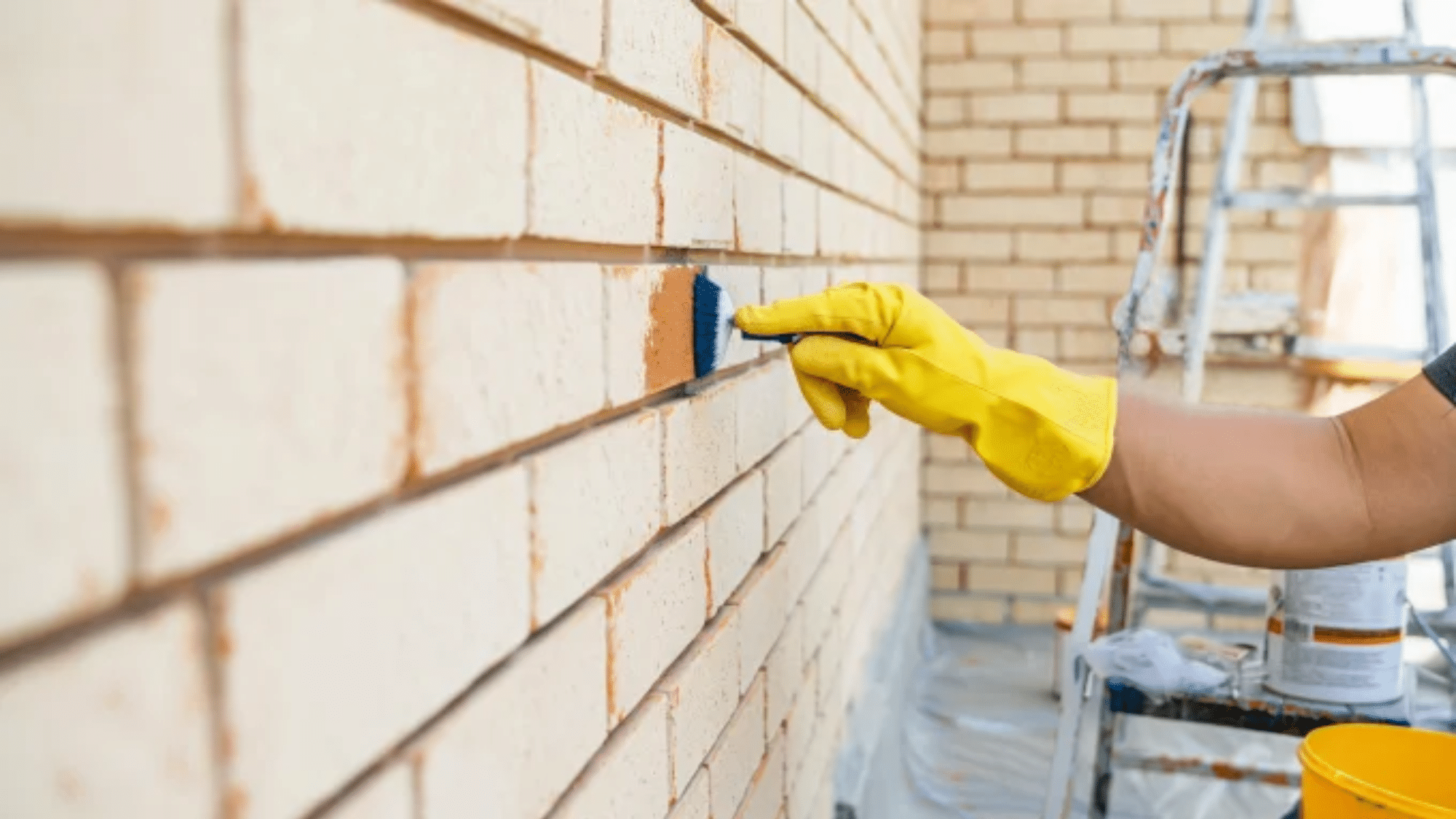
After the second coat, inspect the surface for uneven coverage or missed spots. Touch up any areas as needed using the sprayer or roller.
7. Clean and Maintain
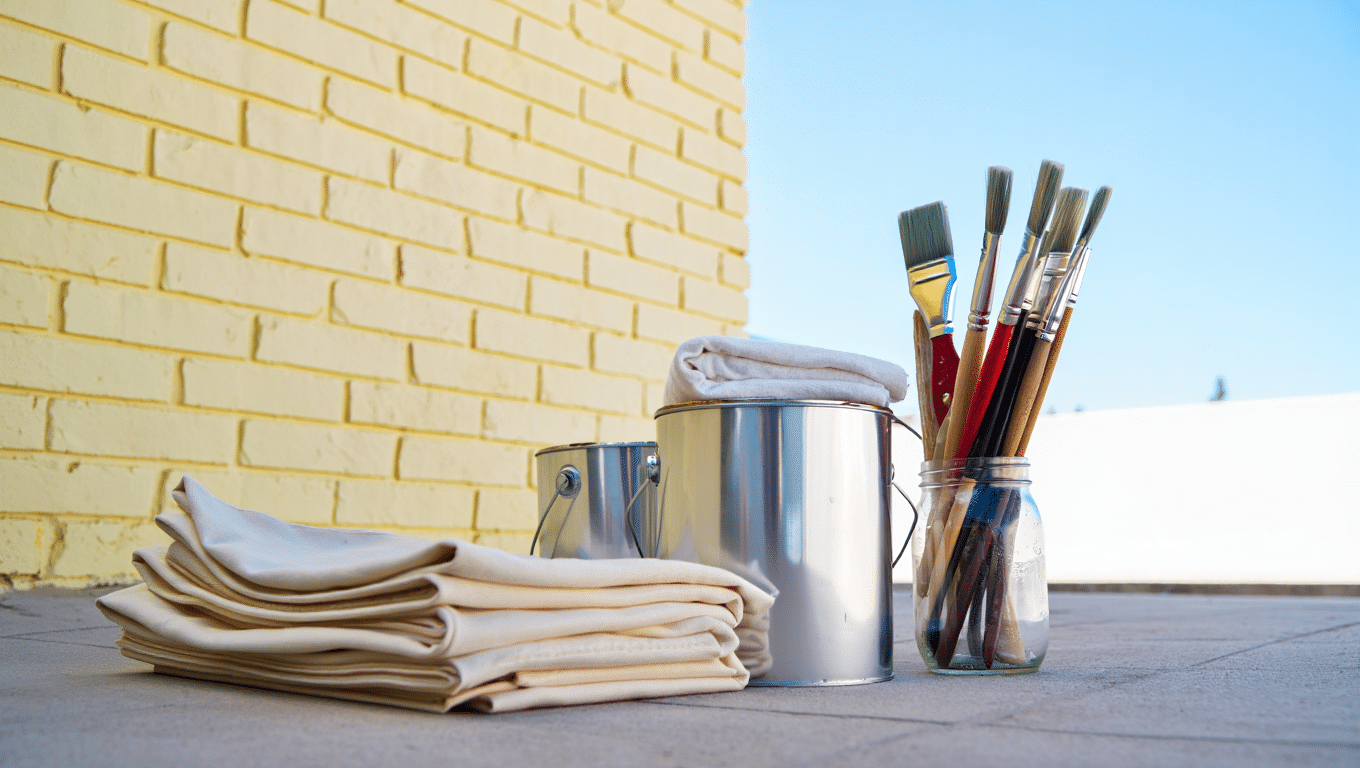
Clean all equipment and safely dispose of leftover materials.
Regularly monitor the painted brick surface, as painted areas may show dirt and mildew more prominently, requiring more frequent cleaning.
Best Paints to Work with While Painting Brick Exterior
Choosing the right paint makes all the difference between a job that lasts and one that fails. Not all paints work well on brick surfaces.
The best options provide strong adhesion, weather resistance, and breathability.
Acrylic Latex Paint
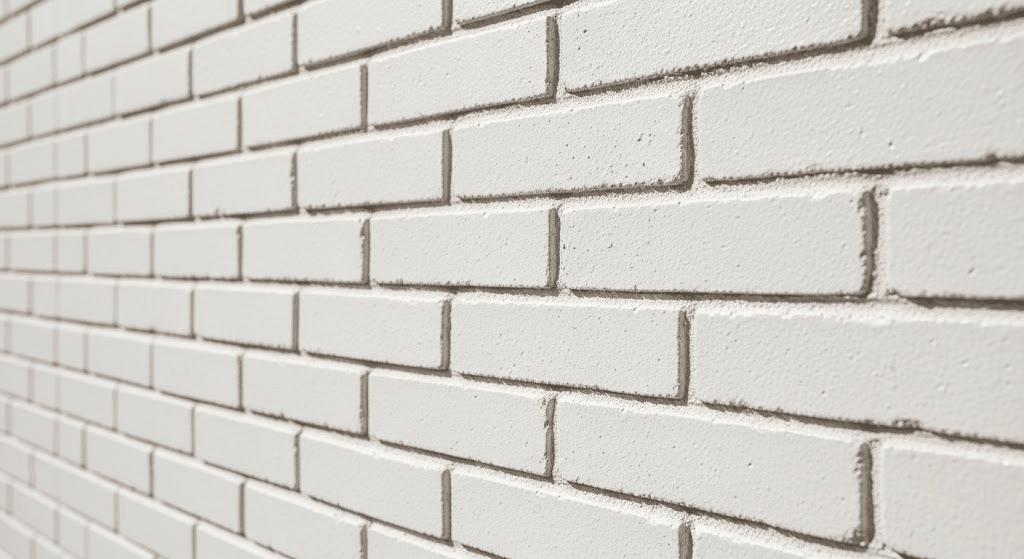
This water-based option offers excellent durability and easy cleanup.
It bonds well with properly primed brick and resists cracking. Most professionals prefer this type for residential brick painting projects because it delivers consistent results.
Top choices for painting brick house include Sherwin-Williams SuperPaint Exterior Acrylic Latex in Alabaster, Benjamin Moore Aura Exterior Paint in Chantilly Lace, and Behr Premium Plus Ultra Exterior Paint in Swiss Coffee.
- Drying time: 4-6 hours between coats
- Coverage: 250-400 square feet per gallon
- Lifespan: 10-15 years with proper application
Elastomeric Paint
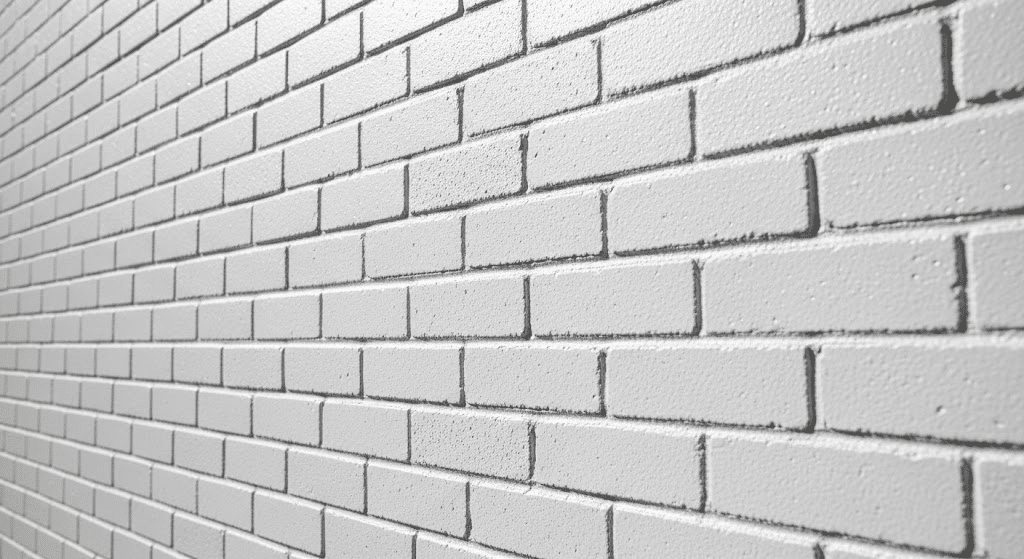
This thick, rubber-like coating fills small cracks and provides superior weather protection. It expands and contracts with temperature changes. Perfect for older brick homes that need extra protection from moisture and weather damage.
Professional favorites are Sherwin-Williams Loxon XP and Benjamin Moore Corotech Elastomeric for painting brick house.
- Thickness: 10 times thicker than regular paint
- Flexibility: Stretches up to 600% without cracking
- Waterproofing: Blocks 99% of water penetration
Mineral Paint
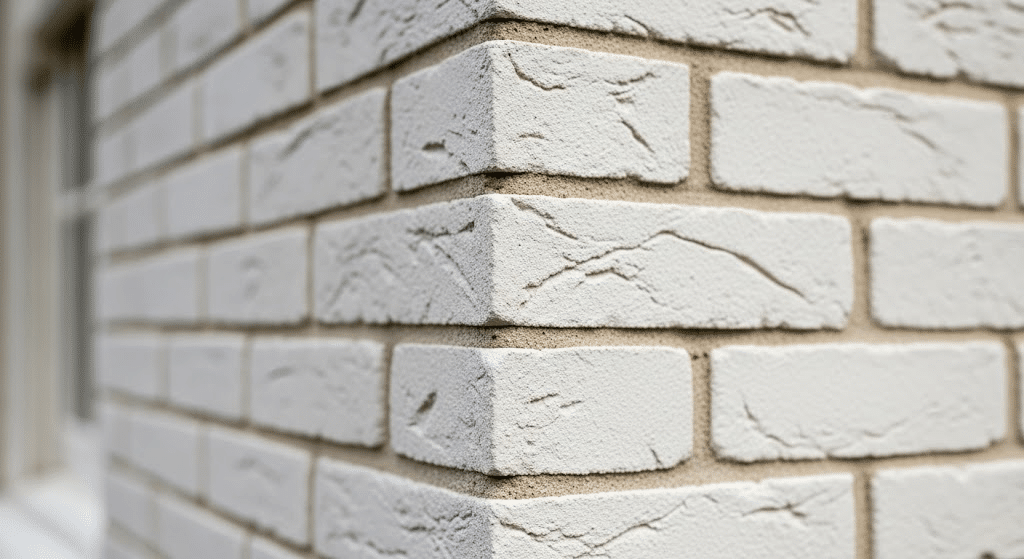
Made from natural minerals, this breathable option allows moisture to escape while blocking water entry. It creates a strong chemical bond with masonry surfaces. Ideal for historic homes where breathability is important for brick health.
Popular options include Romabio Mineral Paint in Bianco White and Keim Mineral Paint.
- Breathability: Allows natural moisture movement
- Durability: Can last 20+ years
- Eco-friendly: Contains no harmful chemicals or VOCs
Final Tips to Keep in Mind While Painting Your Brick House
These last-minute reminders can save you from costly mistakes and ensure your paint job looks professional. Small details often make the biggest difference in the final result.
- Work in sections – Paint one wall at a time to maintain a wet edge and avoid lap marks.
- Keep a wet rag handy – Wipe off paint drips immediately before they dry on the brick texture.
- Apply thin coats – Two thin coats always look better than one thick, heavy application.
- Check the weather forecast – Avoid painting within 24 hours of expected rain or extreme temperatures.
- Take progress photos – Document your work to track coverage and spot any missed areas.
- Clean your brush frequently – Brick texture picks up debris that can streak your paint finish.
- Plan for touch-ups – Save leftover paint for future maintenance and minor repairs.
Price Rundown of Brick Painting Your Exteriors
Understanding the costs upfront helps you budget properly and avoid surprises. These prices reflect typical market rates for a standard 2,000 square foot brick home exterior.
| Item | Cost Range | Notes |
|---|---|---|
| Primer (2-3 gallons) | $80 – $150 | High-quality masonry primer is required |
| Paint (3-4 gallons) | $120 – $300 | Price varies by paint type and brand |
| Brushes & Rollers | $40 – $80 | Quality tools make a difference |
| Pressure Washer Rental | $50 – $80/day | Essential for proper surface prep |
| Drop Cloths & Plastic | $20 – $40 | Protect landscaping and walkways |
| Ladder/Scaffolding Rental | $100 – $200 | Safety equipment for high areas |
| Caulk & Repair Materials | $30 – $60 | Fix cracks and gaps before painting |
| Professional Labor | $2,000 – $5,000 | Optional – varies by location and complexity |
Total DIY Cost: $440 – $910
Total with Professional: $2,440 – $5,91
Disclaimer: Prices may vary based on location, home size, and current market conditions.
Some Inspirations for Painting a Brick House Exterior
Looking at different color schemes and styles can spark great ideas for your own project. These popular trends show how painted brick can completely change a home’s appearance and boost curb appeal.
Classic White Farmhouse Style
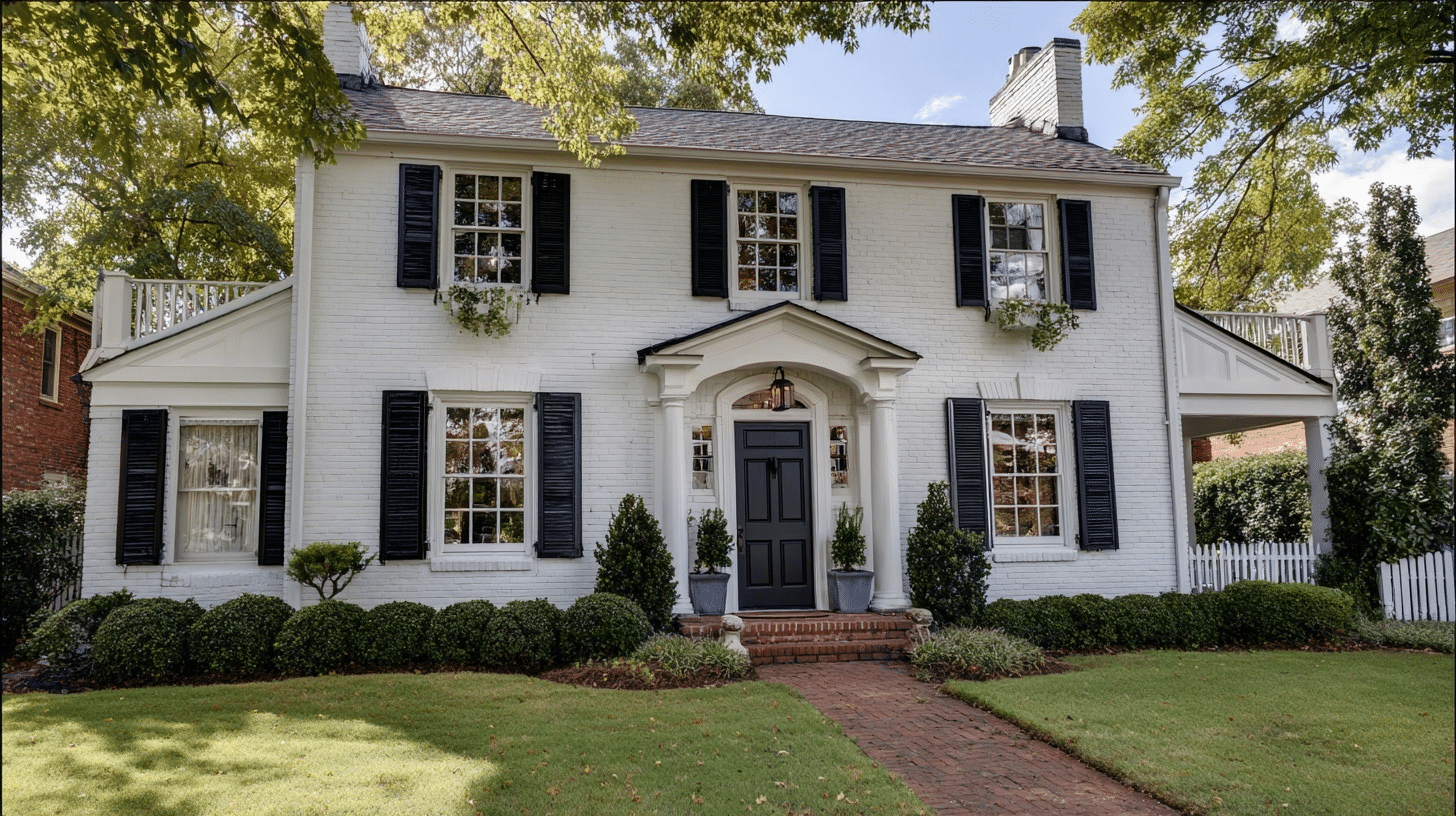
Clean white paint creates a timeless, fresh look that works with any landscape. This style pairs beautifully with black shutters and dark trim.
White brick never goes out of style and makes homes appear larger and brighter. It’s perfect for traditional and modern farmhouse designs that emphasize simplicity and charm.
Bold Charcoal and Dark Grays
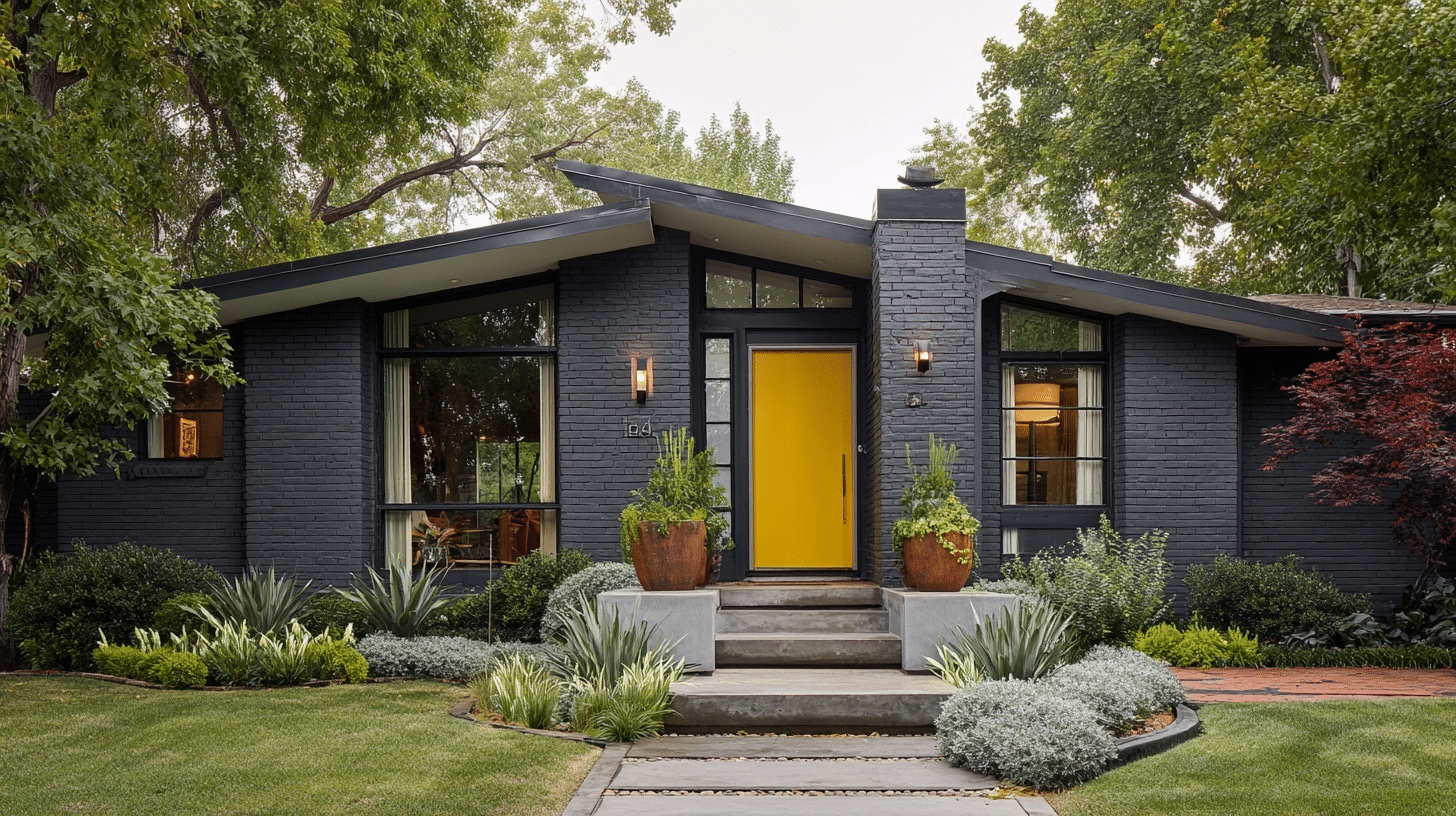
Dark colors create dramatic curb appeal and make architectural details pop.
Charcoal gray or deep slate tones give brick homes a classy, modern appearance. These colors hide dirt well and complement natural stone or wood accents.
Dark paint works especially well on homes with white trim and colorful front doors.
Two-Tone Color Combinations
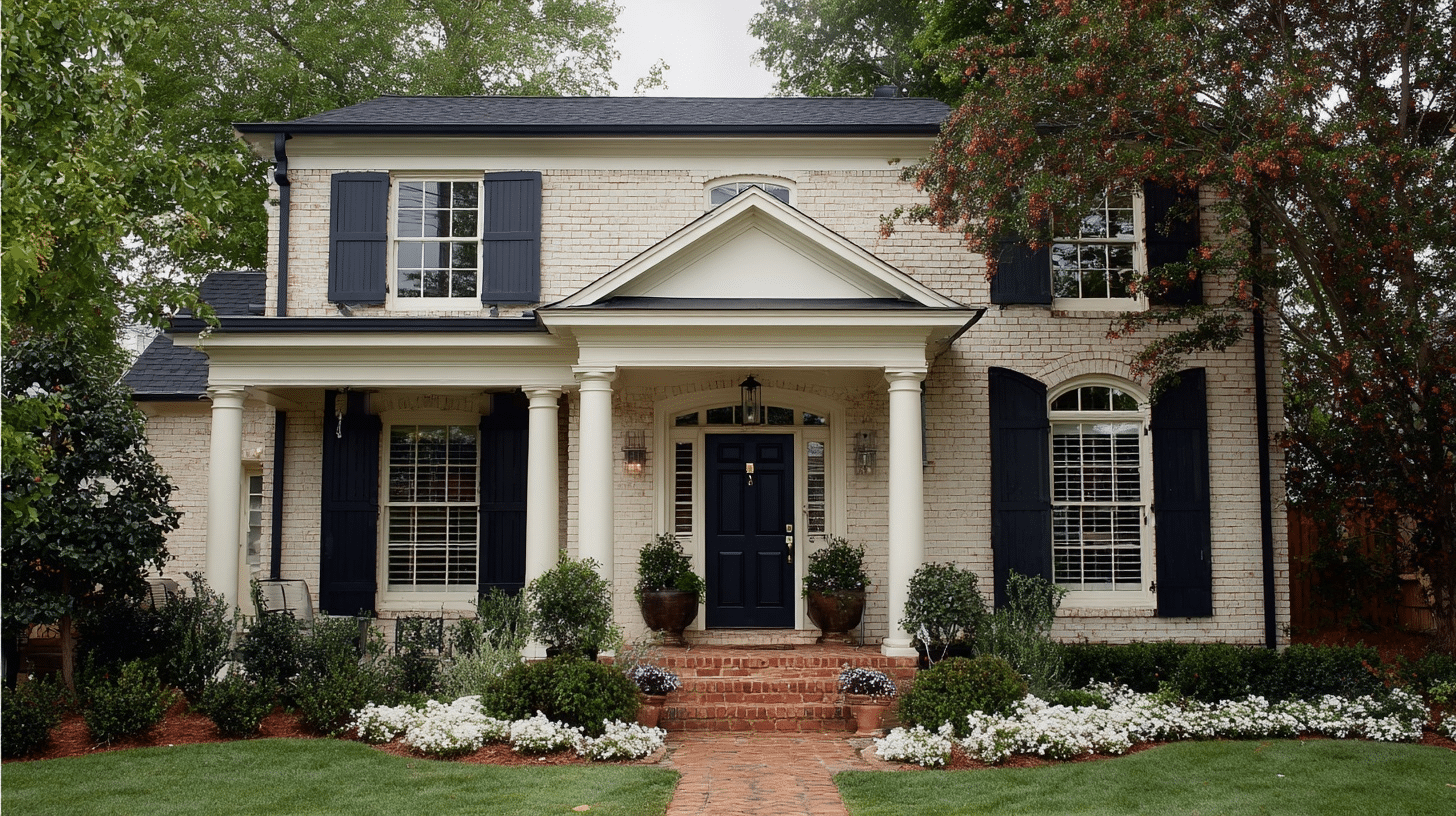
Painting the main walls one color and accent areas another creates visual interest.
Popular combinations include white walls with gray foundations or cream bodies with darker trim areas. This technique highlights architectural features and adds depth to flat surfaces.
Two-tone designs work great on colonial and craftsman-style homes.
Warm Earth Tones

Beige, tan, and soft brown shades complement natural surroundings and feel welcoming.
These colors work well in wooded areas or desert landscapes. Earth tones provide a neutral backdrop that lets landscaping and seasonal decorations shine. They’re perfect for homeowners who want color without being too bold or trendy.
Historic Deep Colors
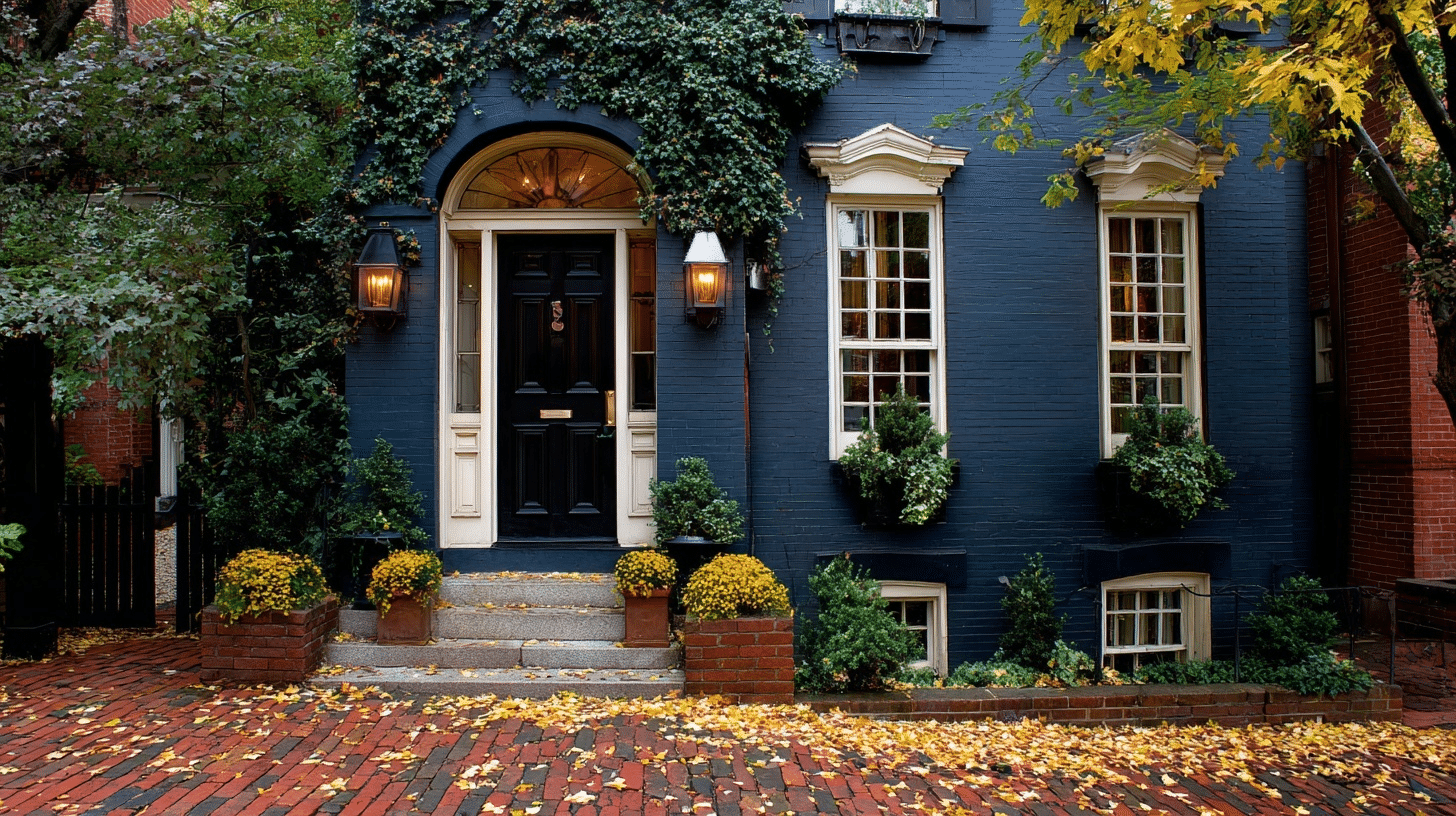
Rich blues, greens, and reds honor traditional brick home character while adding personality. These colors were popular in earlier centuries and create original period looks.
Deep colors pair beautifully with cream or white trim work. They’re ideal for older homes where owners want to maintain historical charm.
To Conclude
Painting brick house no longer seems like an impossible task when you break it down into manageable steps.
With the right materials, proper preparation, and patience, homeowners can achieve professional-looking results that boost their home’s value and curb appeal. The key lies in taking time with each phase rather than rushing through the process.
Now it’s time to put this knowledge into practice. Start by gathering your materials and assessing your brick’s condition.
Remember, every expert was once a beginner. Your painted brick house will become the neighborhood showpiece you’ve always wanted.


